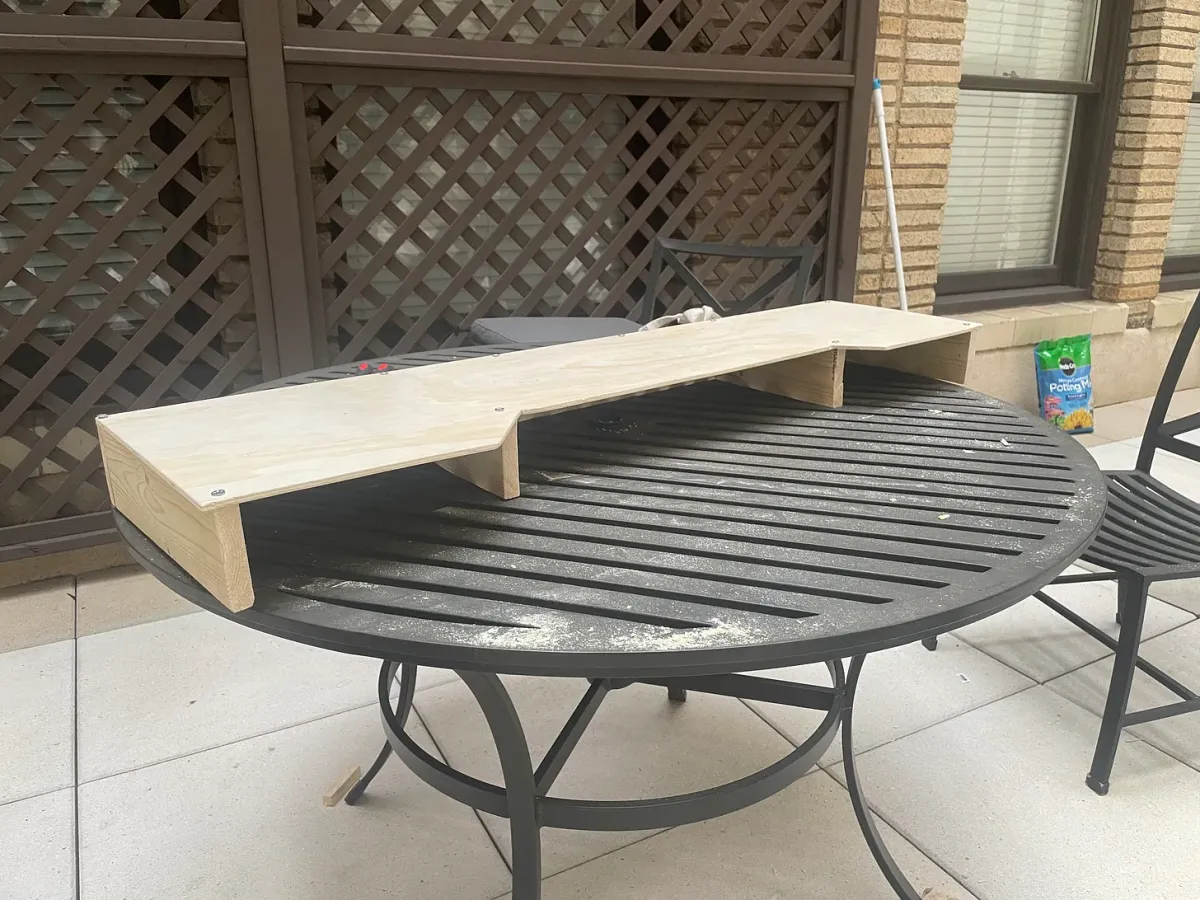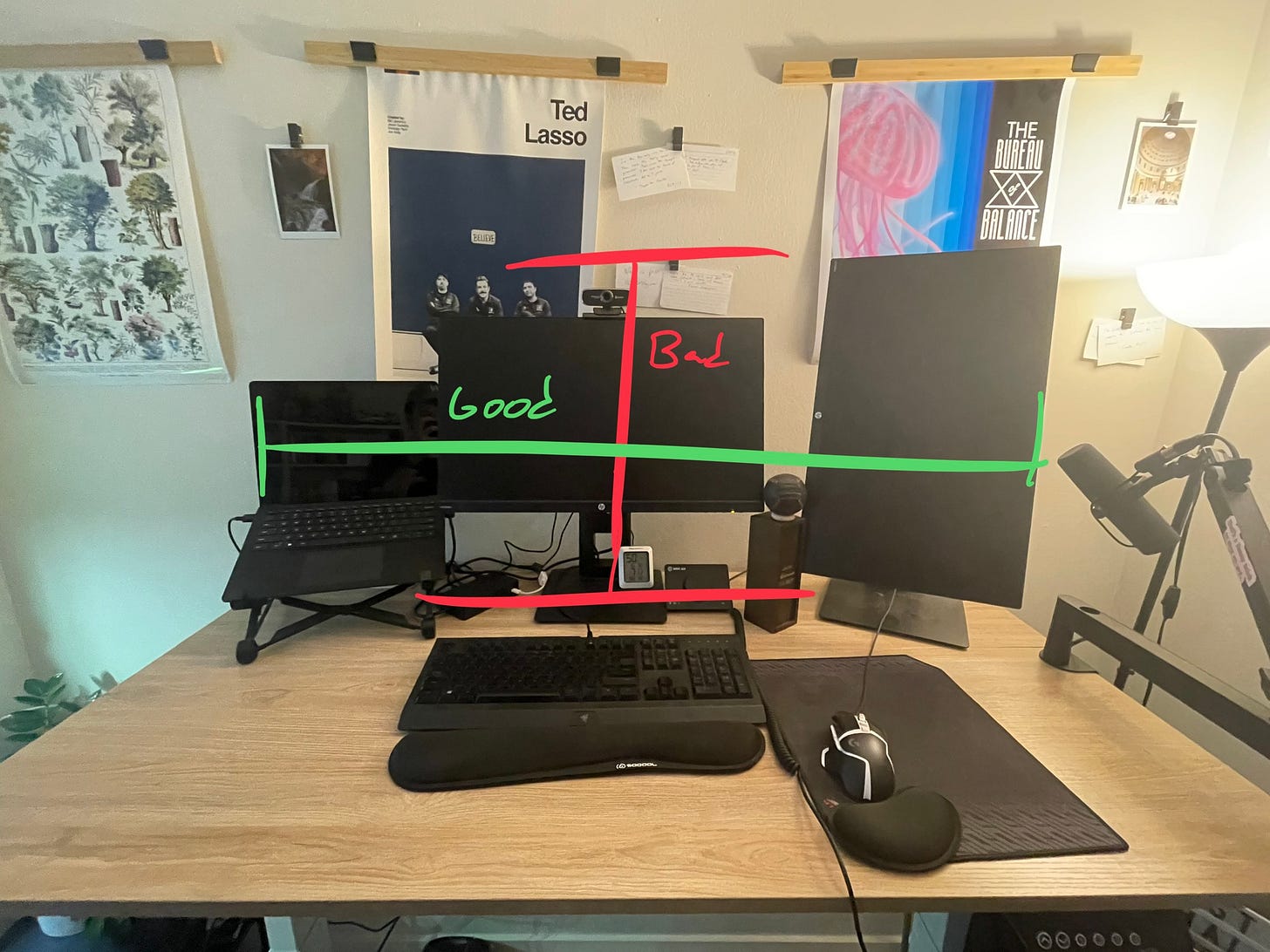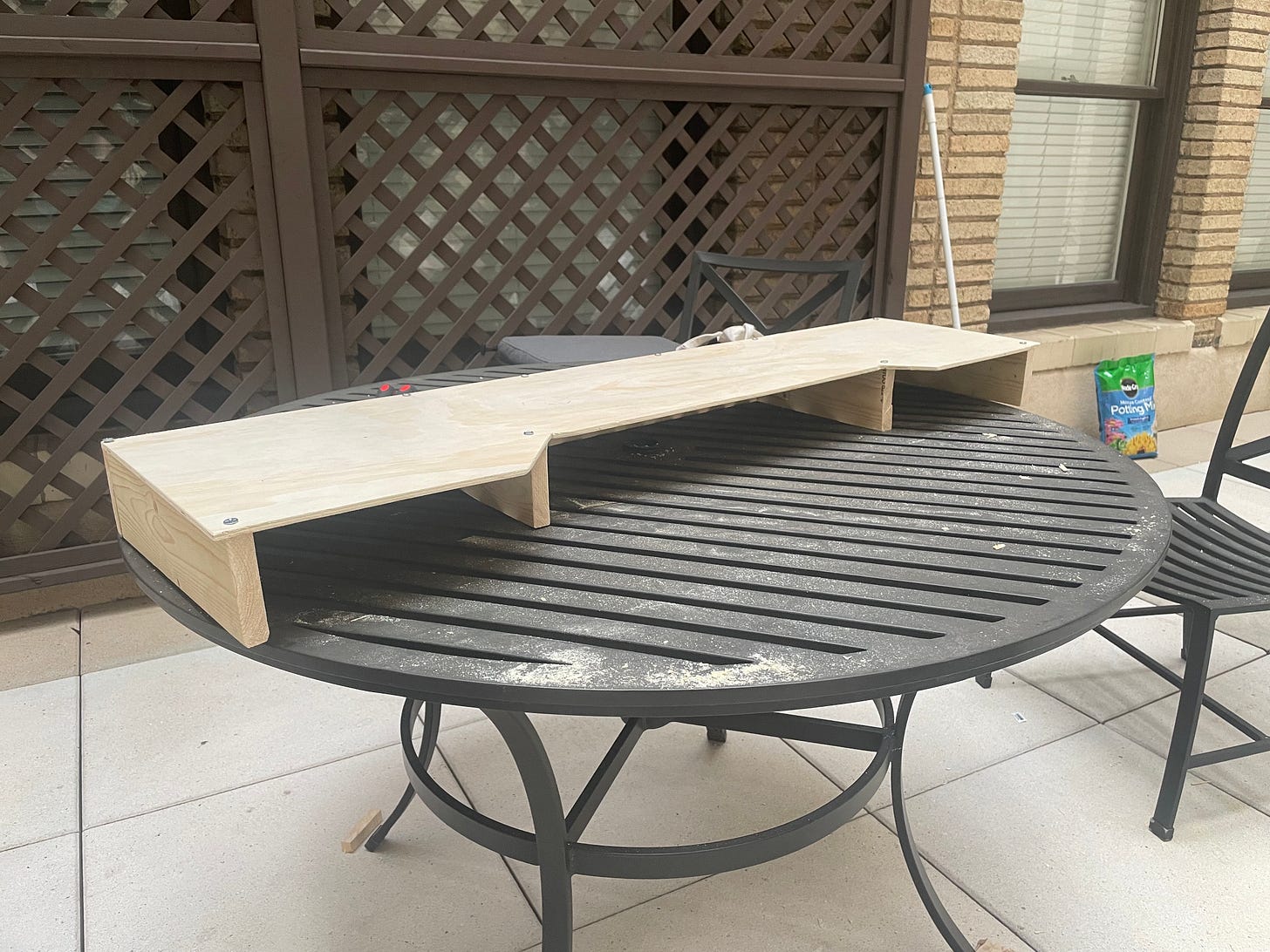Cave-Dweller Construction
There are two types of cave dweller. There are the sages, the Bodhisattvas and hermits. Great masters with a tendency to run for the hills and remain underneath them, forcing their pupils to spelunk for wisdom...

There are two types of cave dweller. There are the sages, the Bodhisattvas and hermits. Great masters with a tendency to run for the hills and remain underneath them, forcing their pupils to spelunk for wisdom. Simeon Stylites lived on top of a pillar outside of Aleppo for thirty-seven years, which I suppose is the opposite of a cave but retains some of the wisdom of isolation, especially since there weren’t enough people living in fourth century Aleppo to pester him all the time. The Oracle at Delphi sat in the back of her mountainous temple, and may have spent her time huffing ethylene gas as she found her visions, but she was doing it for twelve centuries so what do I know.
The other cave dwellers are the Gollums. Slippery-skinned creatures wriggling over damp dark stone, sacrificing color and sight to prove that life can, in fact, find a way. Worms, crustaceans, salamanders, leeches. Not an aspirational bunch.
From time to time I worry that I’m a cave dweller. Which sort has yet to be determined. With less than a week remaining before the fall term begins, I can see the sun-scarce days of November and December looming, when ten or more hours in my home office per day may very well begin and end in darkness. When those days come, will I be wriggling about eating grubs? Or will I be dispensing kōans to my disciples?
Probably neither, but the adverse effects of so much time alone in my office weigh on me. If I spent nine hours a day, five days a week in the room (to average) for the next sixteen weeks (to generalize), that’s thirty full days. A quarter of my life, then, between now and 2024, will be in that office. So I focus on the minutiae of the space, tweaking and improving as much as I can. Trying to channel concerns about the inevitable passage of time into a positive mold, I sand down the grit of the space whenever it scrapes me.
This past Sunday, I had a couple thousand words to type up and another five hundred to scribble. But first I decided to address a flaw in the space. E.B. White said “A writer who waits for ideal conditions under which to work will die without putting a word to paper.” By working on a chore, surely I’m not waiting? I’m being active! Home improvement cleverly disguises procrastination as progress. I fall for the trick every time.
The flaw in question is the height of my desk. At its highest standing level, the central monitor sits just below my eye level. If I’m going to look at this display for a month, I want that angle as horizontal as can be. The X-axis has been optimized already: my laptop sits on the left, closest to the outlets and easy to remove or swap out when I go from work to class; the center monitor is horizontal for meetings and viewing builds in their intended ratio; and the right-hand monitor is vertical for working on code. But this Y-axis improvement requires a more drastic move.

The plan was simple: four supports running into the depth of the desk bracketed to a long one across the back, with a plywood surface bolted onto the top. The four lengths would create three cubbies, including a central one capable of hiding my keyboard when I use the desktop to write. The raised level would have three quadrants (one over each cubby): left-hand 14” deep, right-hand 12” deep, and then 10” across the middle, to fit each display properly.
There were a few challenges in the actual construction, but less than you might think considering I haven’t worked with wood in a decade. The first was the sourcing of materials. The only hardware store within several miles of my apartment is in Logan Circle. It doesn’t have a lumber yard but a lumber room, tucked behind the seed packets and gardening tools on the second floor, where they make it extraordinarily clear they will not cut anything for you. I found the pieces I’d need, an eight-foot two-by-four and some plywood, and got them out the door without knocking too many things over. I nearly hit a toddler with the two-by-four but he ducked. Next time I’ll get ‘im.
After a miserable mile home, left hand torn up by the plywood tucked into my armpit, I drew out the lines to be cut. Then I learned that the saw in my toolkit is vastly inferior, a flimsy hacksaw that can’t cut a straight line, let alone a long one. So I walked back to the hardware store and bought a new saw. The pedometer and the bill rose in tandem.
Once fully equipped, actual construction was a simple affair, cutting everything off the plywood that wasn’t the platform then breaking the beam down into the five smaller beams. The biggest hurdle was turning patio furniture into a workbench, attempting even cuts on a beam supported by two lawn chairs is not what the masters recommend. But the weather was warm and breezy, podcasts kept me entertained, and after a bit of sawing that part of the job was done.

Assembly was more fiddly, finding the right angles on each axis and maintaining them through the drilling and bracketing process, but it came together with patience and obscenity. Once the structure was in place, I attempted some roughshod carving, using my largest drill-bit to put holes into the back panel for cable management. They don’t look great, but the job is done and tucked at the back of the project. With a bit of dusting and sanding, the structure was ready for primetime. Six and a half hours, three miles, about a hundred bucks later, and I’m thrilled with this latest addition to the cave.
The elevation is good for my neck and creates plenty of storage from thin air, but it hasn’t yet turned me into a zen master. Will it keep me from descending into troglobitic slime? Perhaps. It certainly puts my writing environment one step closer to perfection. Now I have only to wait.






